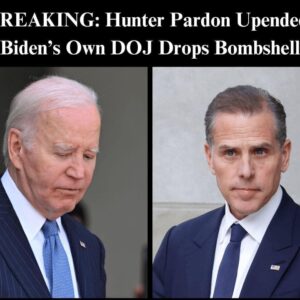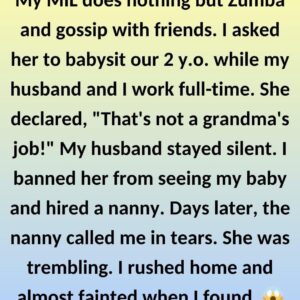
Pittsburgh Steelers’ Head Coach, Mike Tomlin, has been firm in his stance regarding football players who choose to kneel during the national anthem. This unwavering stance, we previously reported, was a reaction to what he perceived as an unwelcome distraction, irrespective of the nuances that mainstream media may have conveyed. In a world where discussions around this matter have been complex and emotionally charged, Tomlin has stood resolute in prioritizing the team’s focus and cohesion.
Over time, our assessment has proven accurate, as players gradually either ceased their protests or opted to leave the team independently. The last player remaining who held out on this issue, Defensive End DaJoe Barron, found himself confronted with the repercussions of not aligning with the team’s perspective. The message was clear: he did not have the authority to set the rules.
In all likelihood, Tomlin conveyed this message succinctly: “You’re cut. Free agent. Go protest somewhere else. We don’t need the negative attention.” Barron, faced with this decisive action, expressed his intention to seek assistance from the Player’s Association. However, even this avenue appeared to lack optimism. Art Tubolls, a spokesperson for the union, highlighted the intricacies of the case, mentioning the challenge of determining motive and actionable steps. The crux of the matter seemed to be that the events in question never transpired, rendering litigation nearly impossible.
And so, as the Steelers stride forward, they do so without Barron, a player who once held a prominent position in the league. His impressive accolades, including leading the league in tackles in 2016 and possessing two Super Bowl rings, only serve to underline his significance. A curious anecdote involving Barron and Drew Bledsoe’s shared Jeep ride from Fort Lauderdale to Miami, known as “the ride that never was,” adds a touch of intrigue to his story. Those acquainted with Bledsoe suggest that the reason for this ride was merely to satisfy the 200-word minimum requirement for this somewhat peculiar narrative.
In a tale that traverses the worlds of sports, social commentary, and individual convictions, the story of Mike Tomlin’s steadfast approach to player protests and Barron’s subsequent departure unfolds as a reflection of the broader societal conversations that have unfolded in recent years. Whether on the field or off, narratives like these remind us of the complexities that intersect in the world of sports, bringing together individual beliefs, institutional values, and the inexorable march of time.



